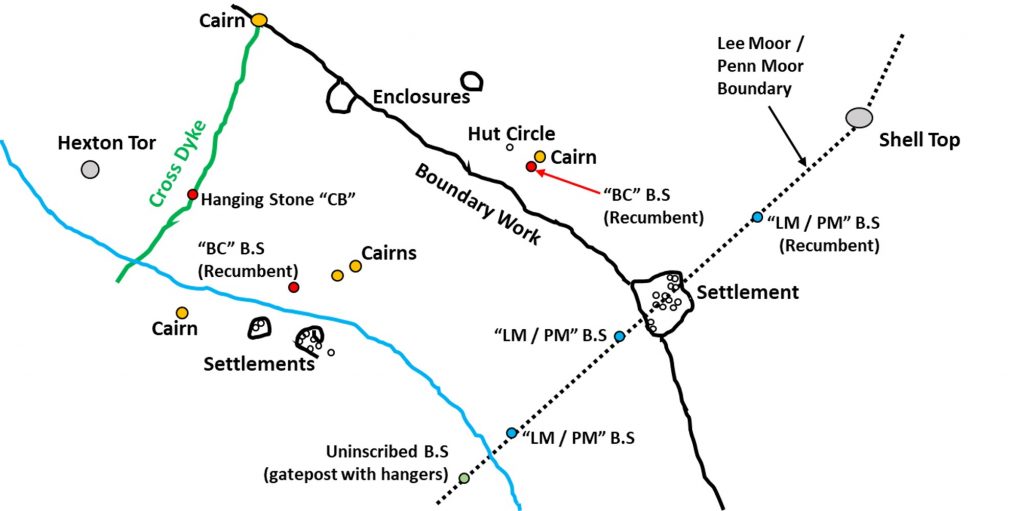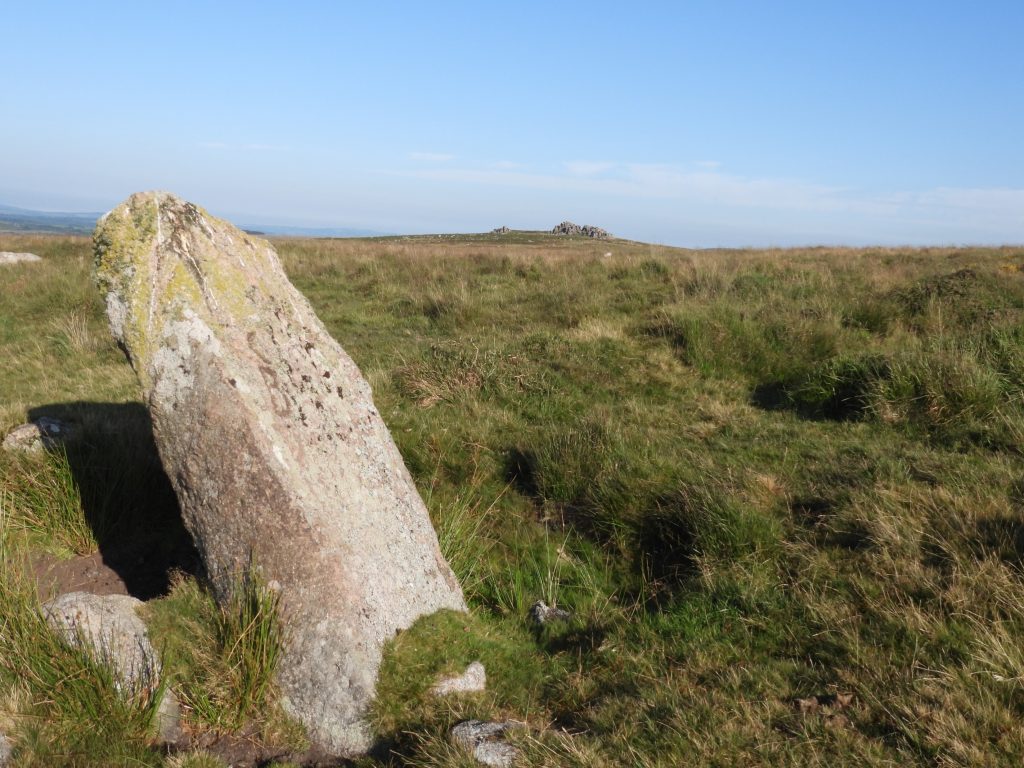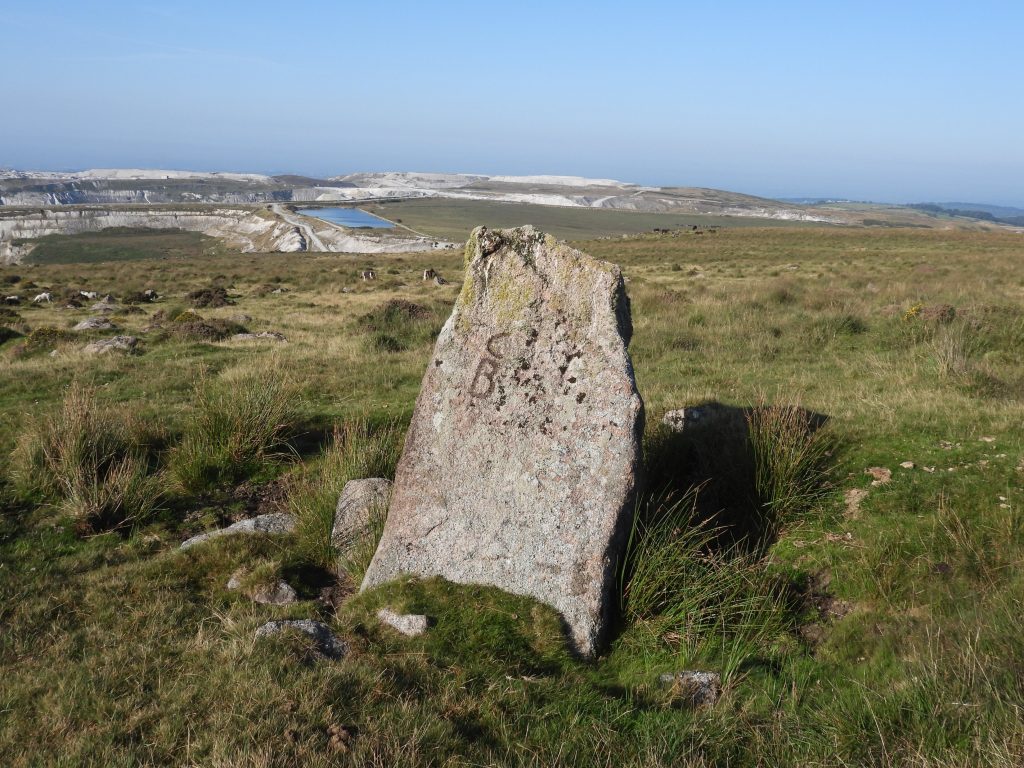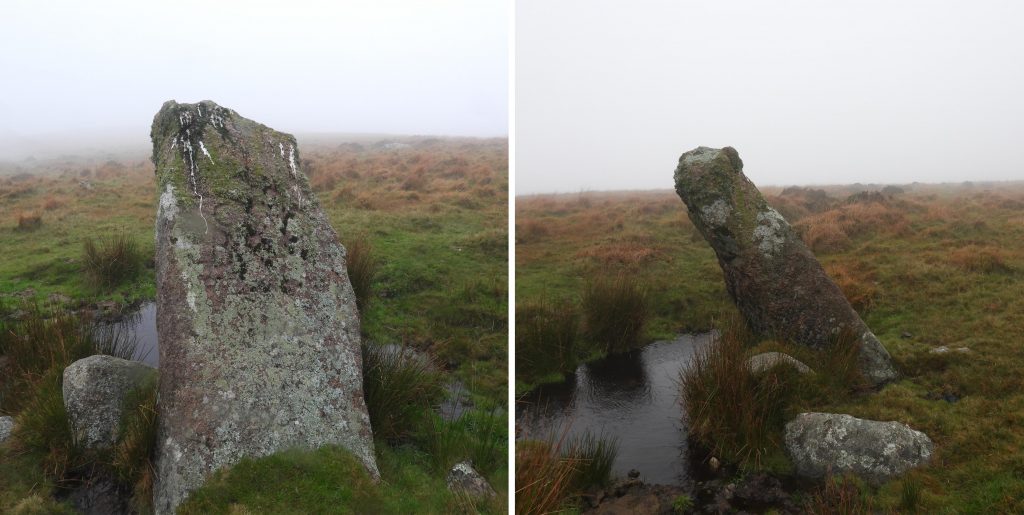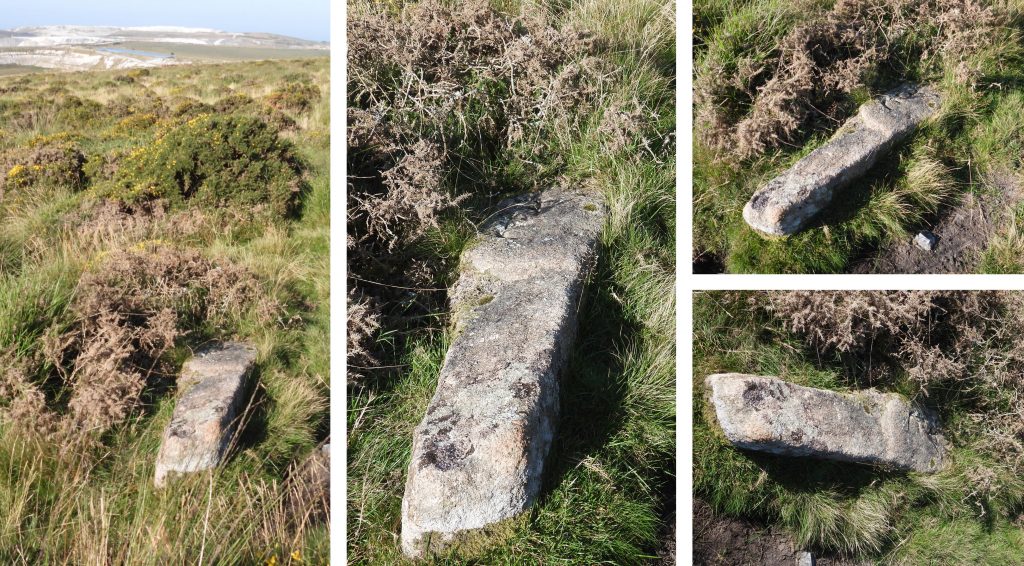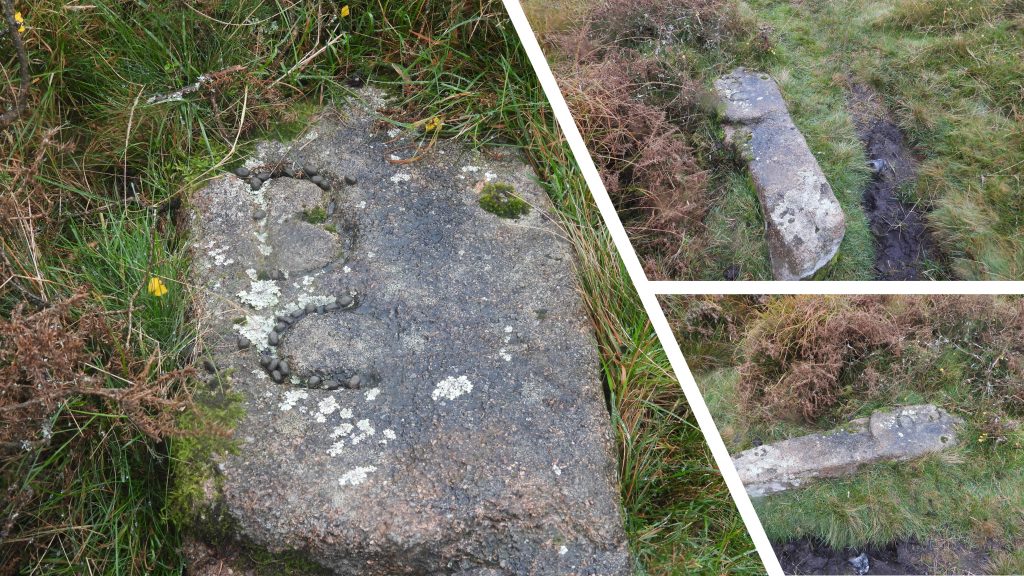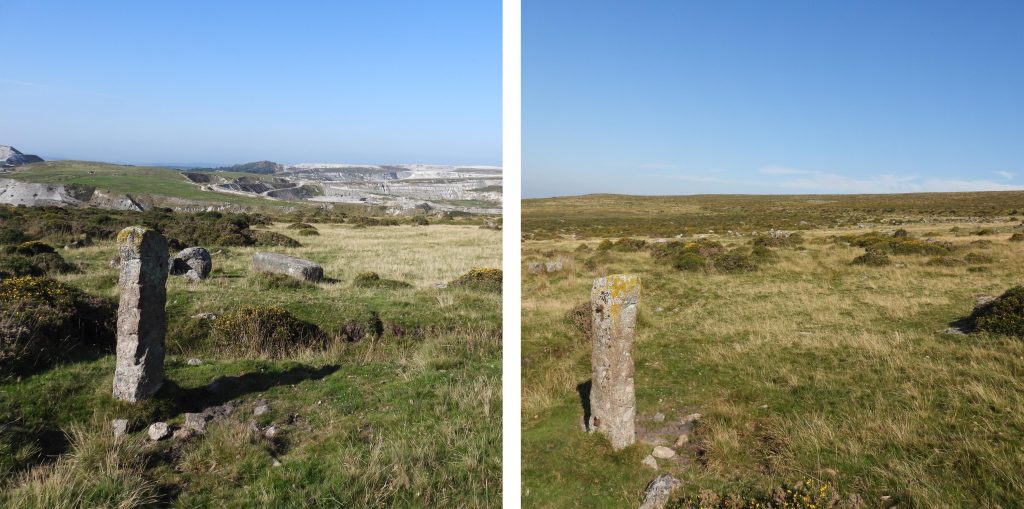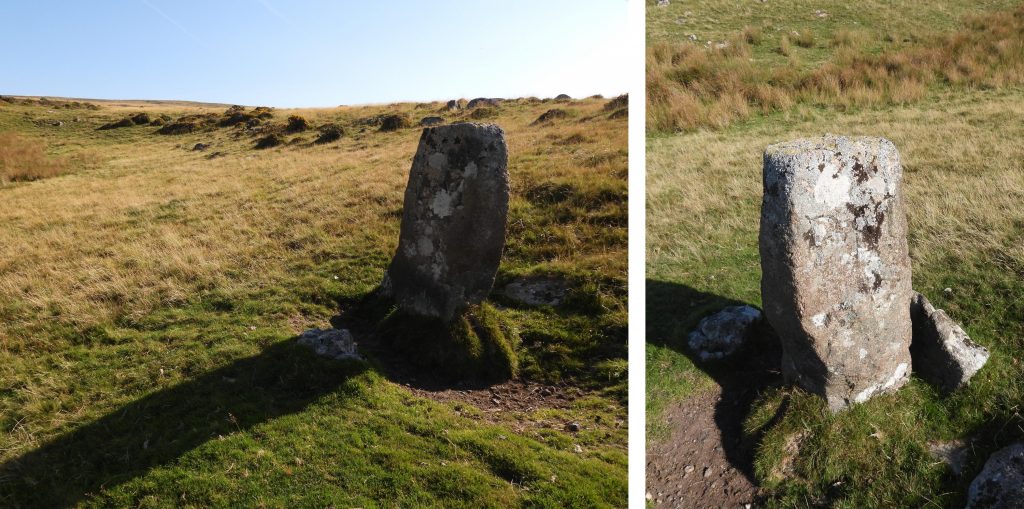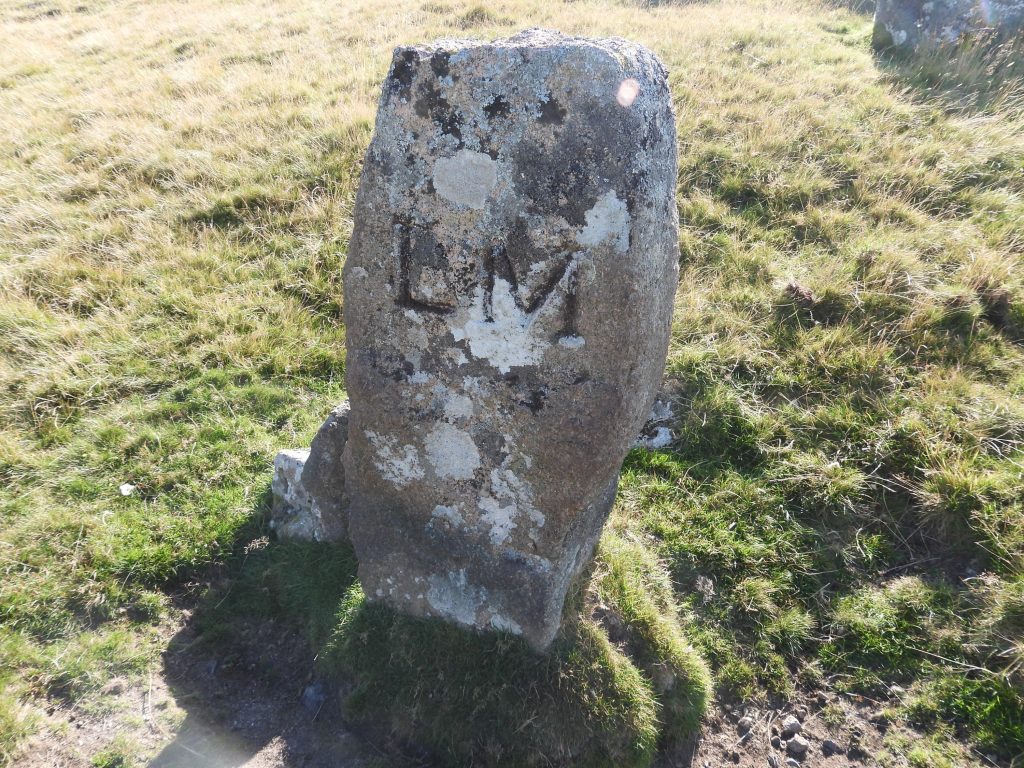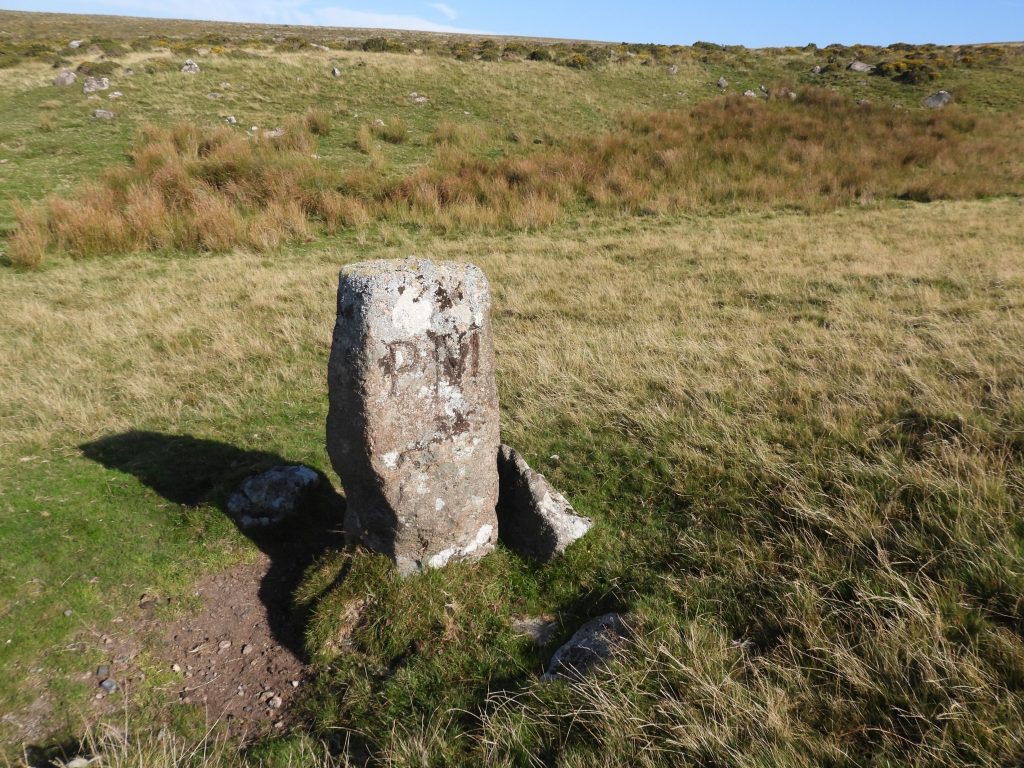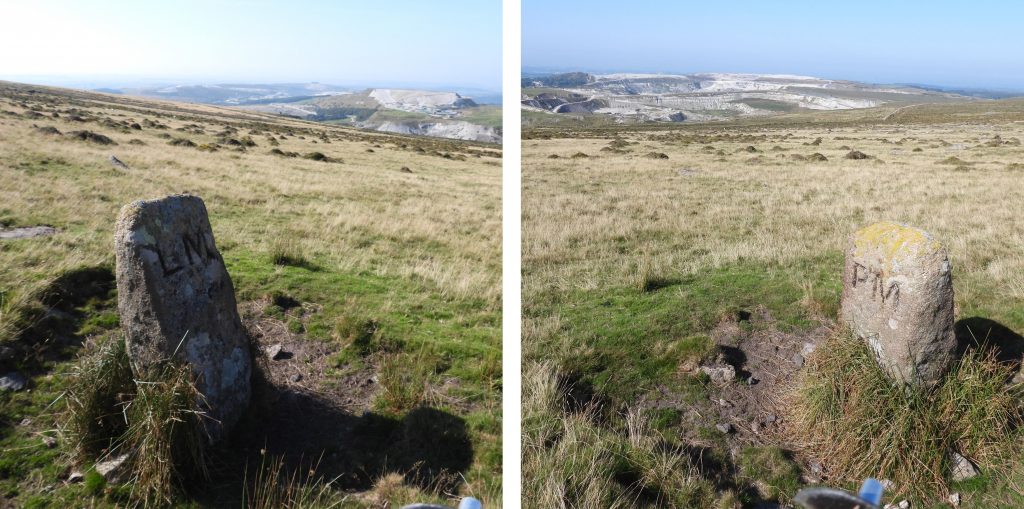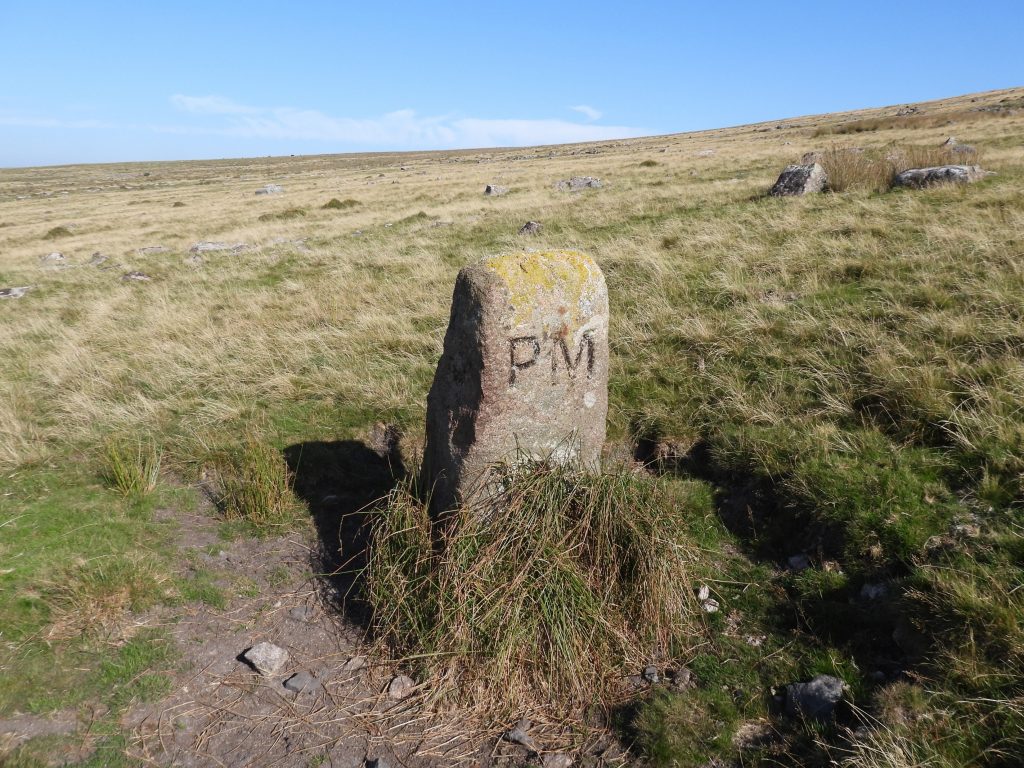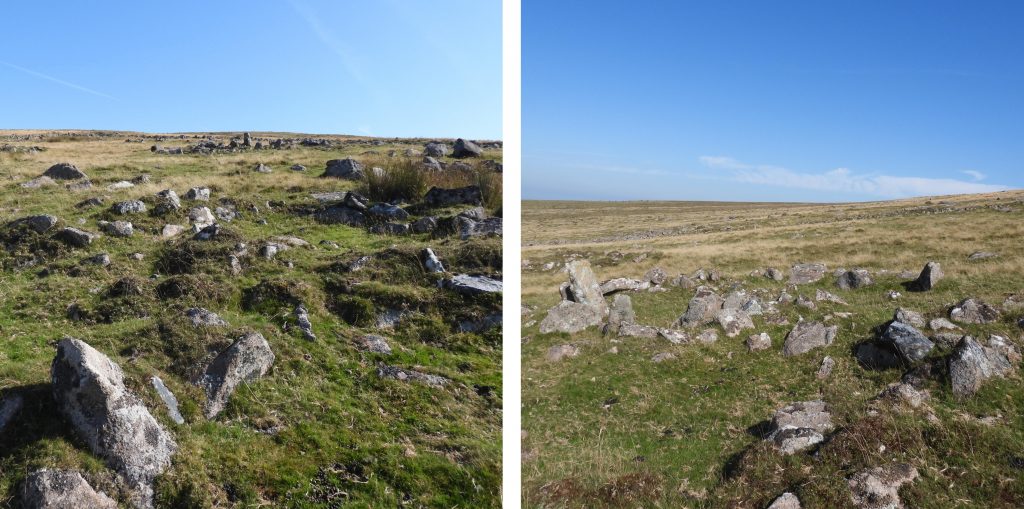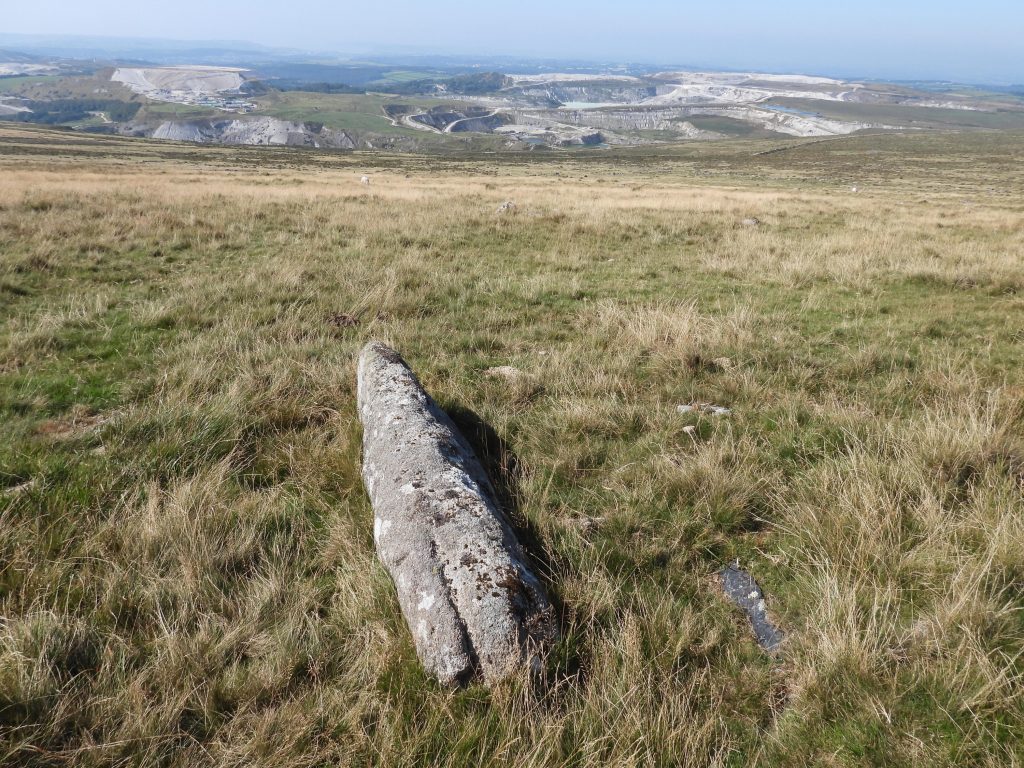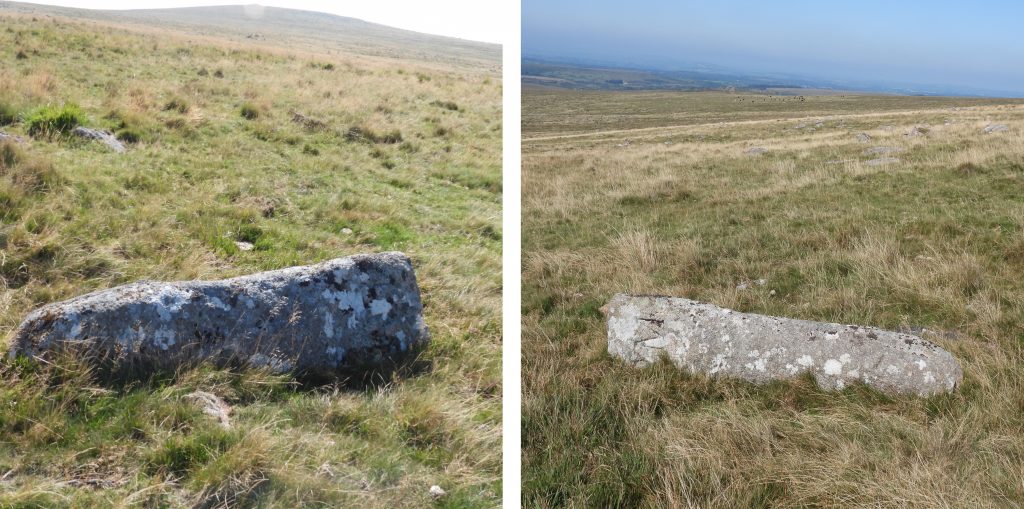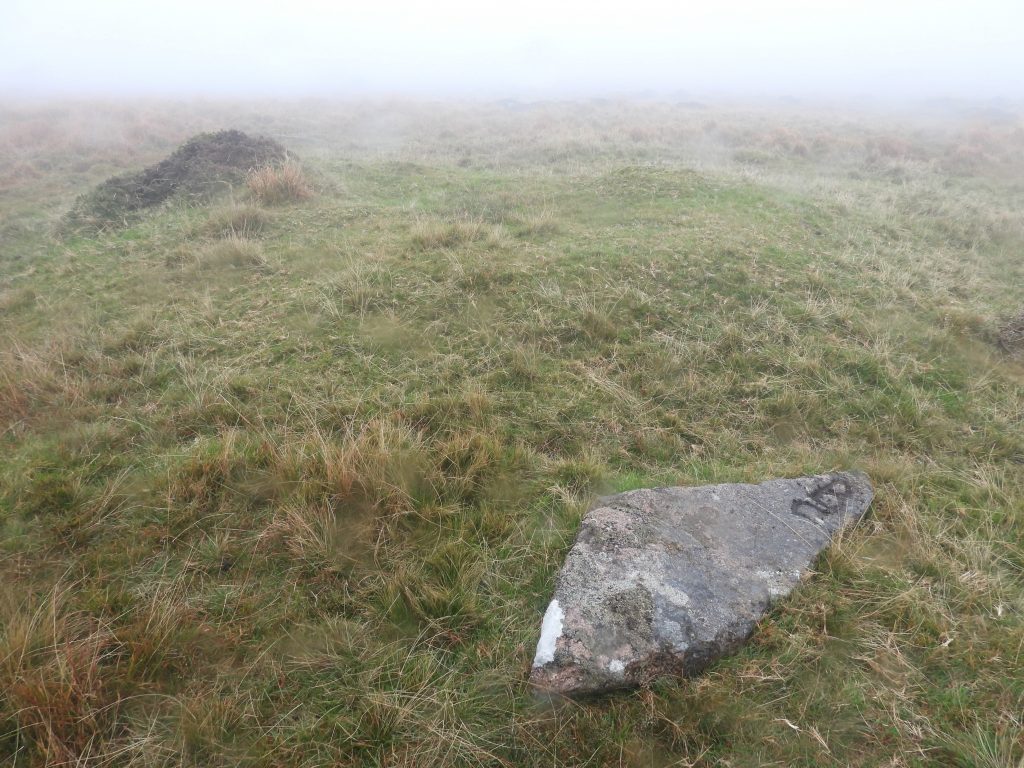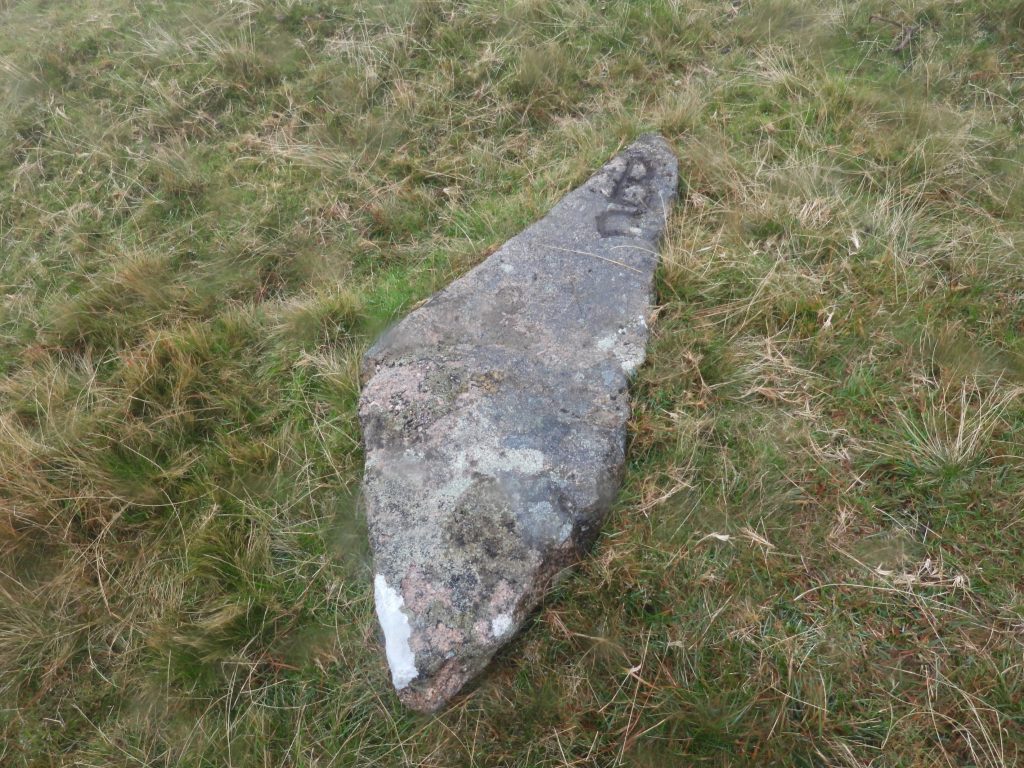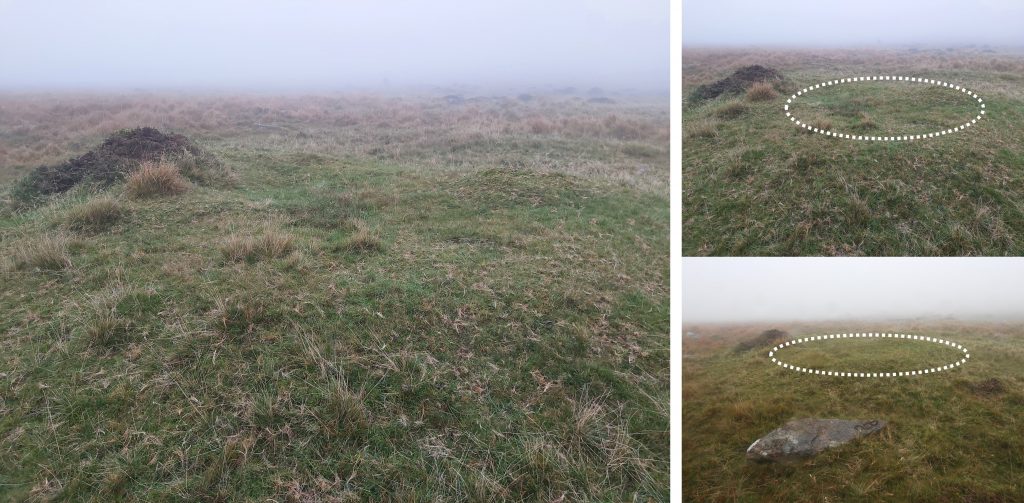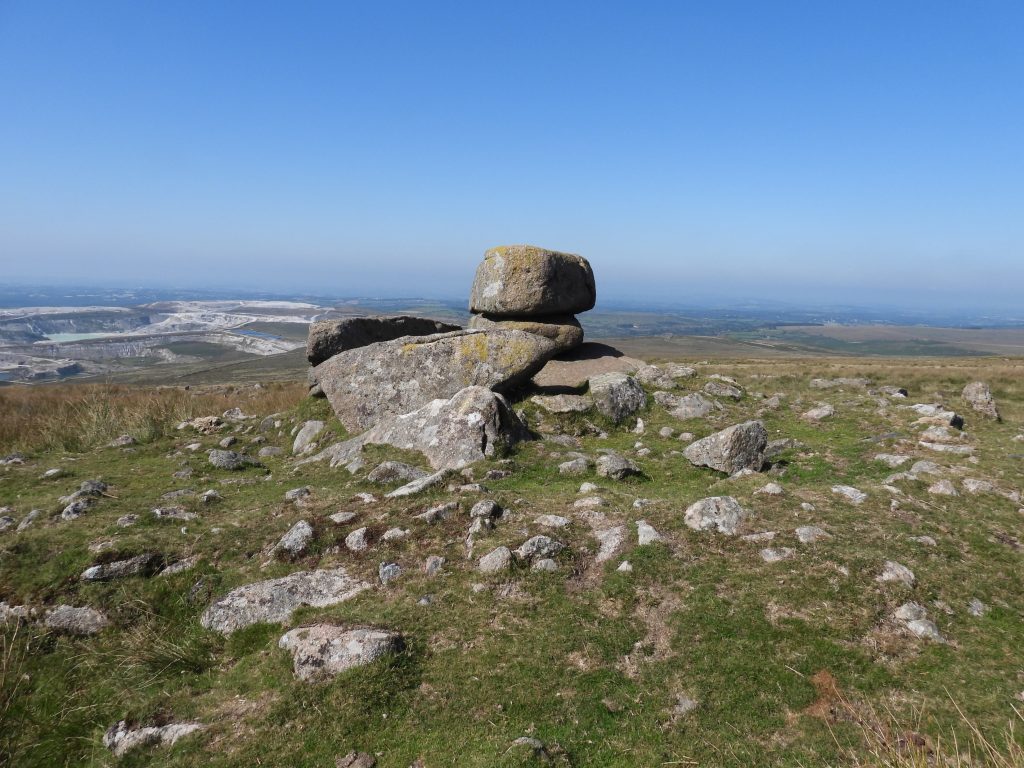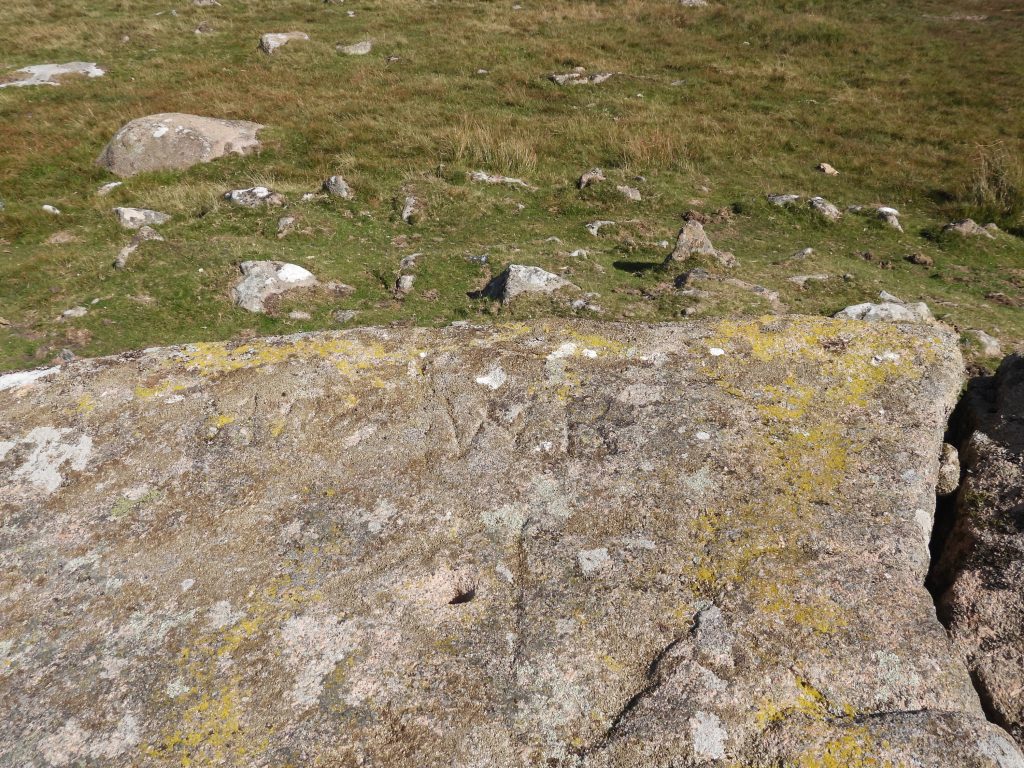This post covers an exploration of the moor bounded by the China Clay workings at Cholwichtown and Whitehill Yeo in the south, the Lee Moor / Penn Moor boundary to the east, Cross Dyke Reave to the west and up to and Shell Top to the north. Within this area there are at least 6 inscribed boundary stones plus inscriptions on Shell Top. The “CB” and “BC” stones may relate to Cholwich or possibly are the bounds of an original clay sett . The “LM / PM” stones are boundary markers. Other features from the area are also included in this post.
